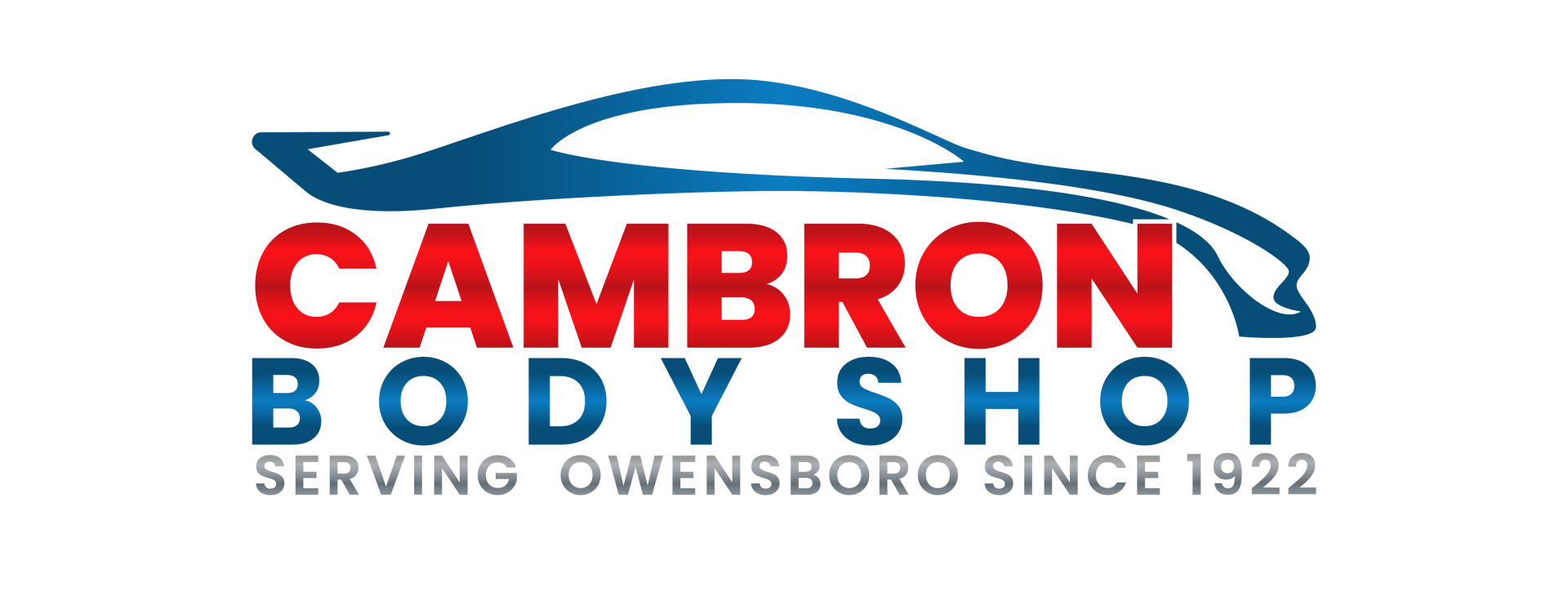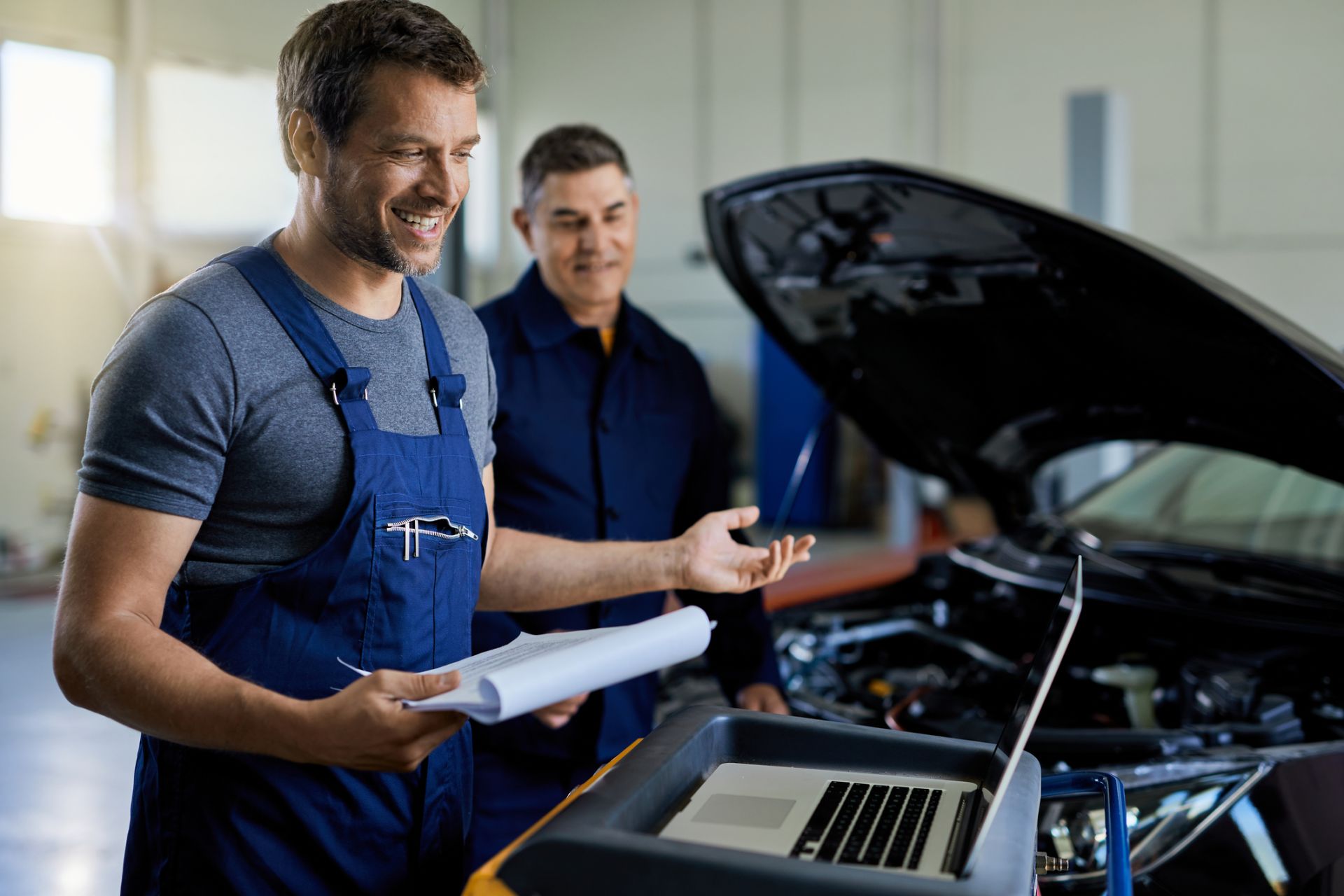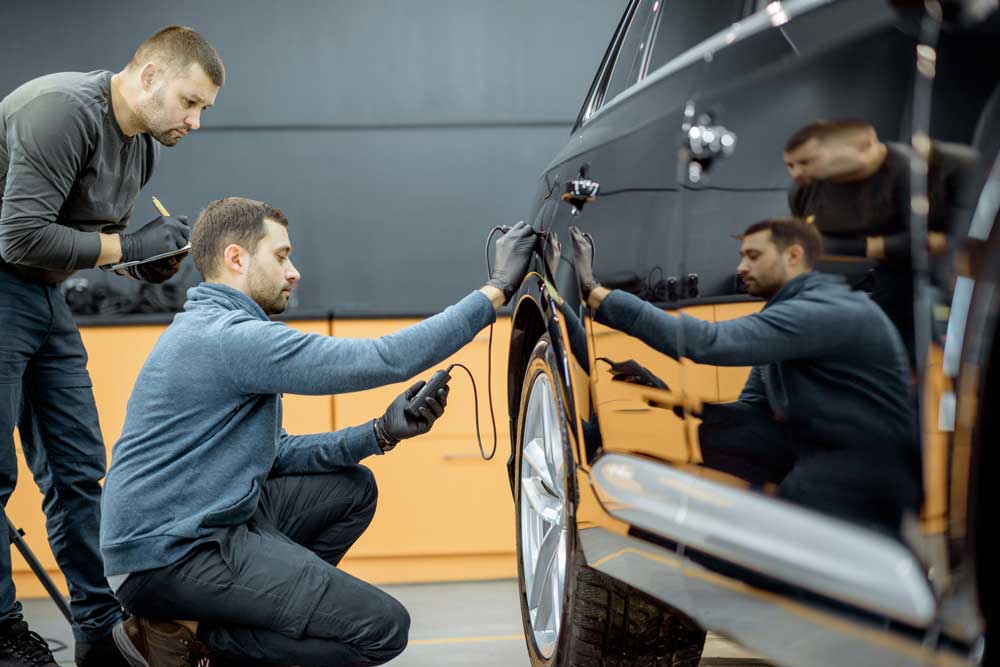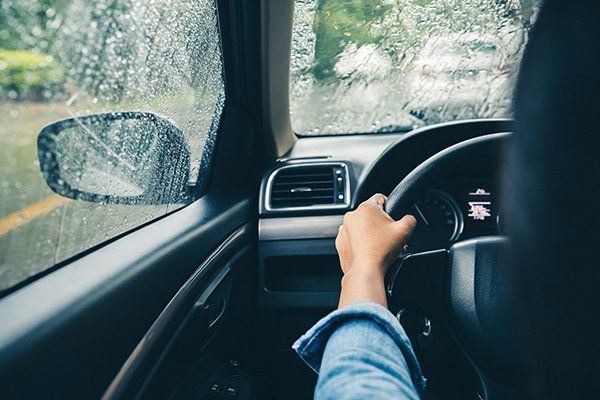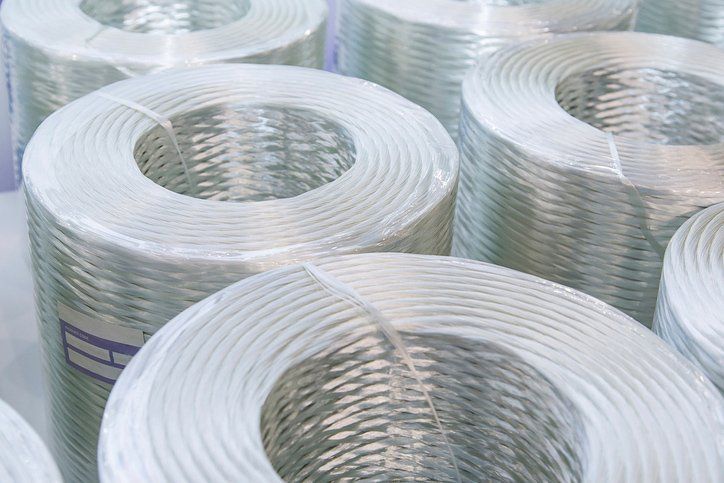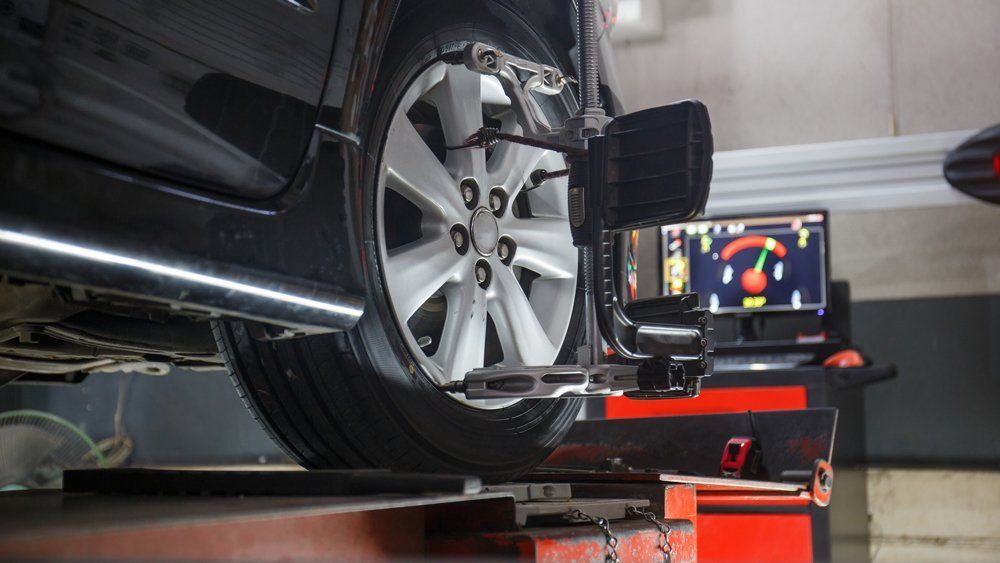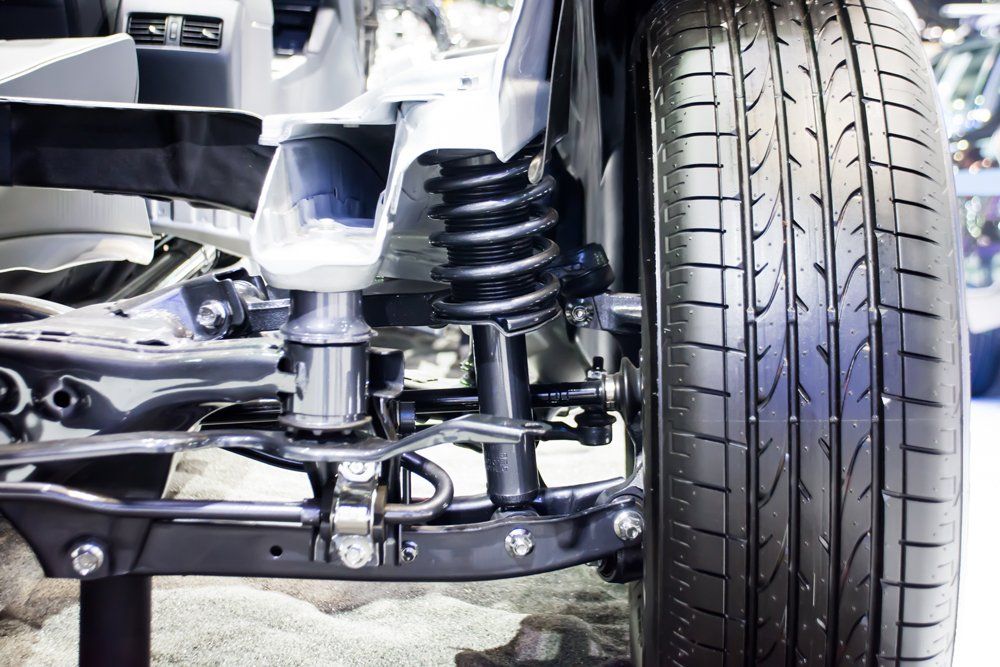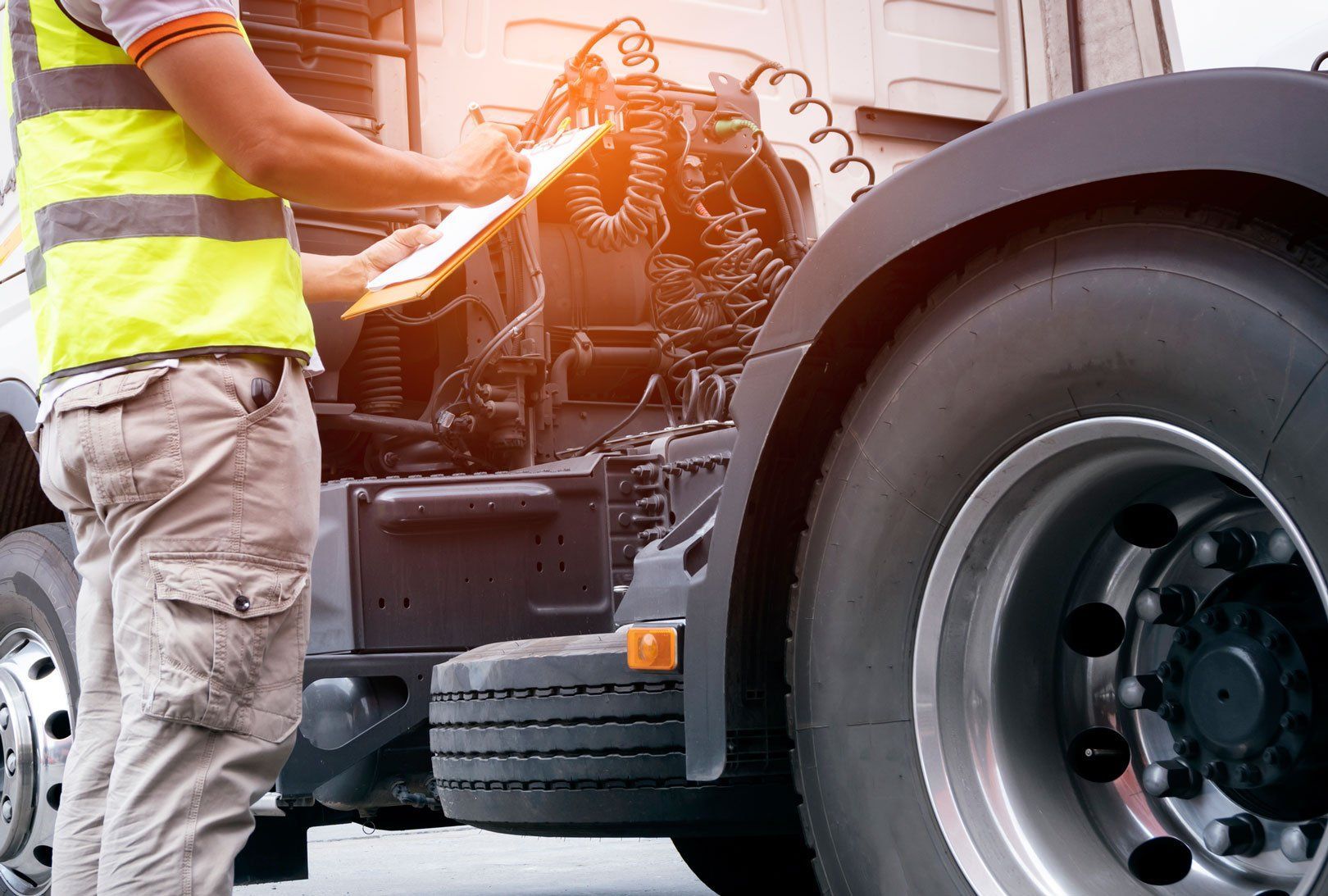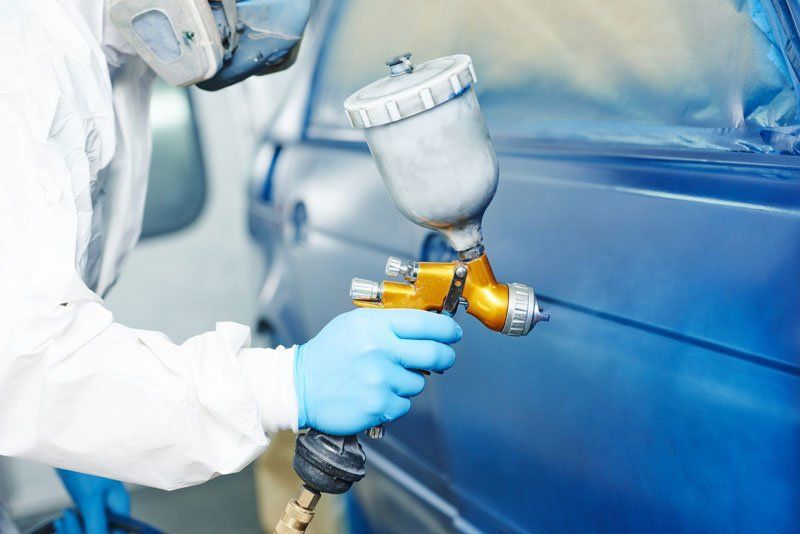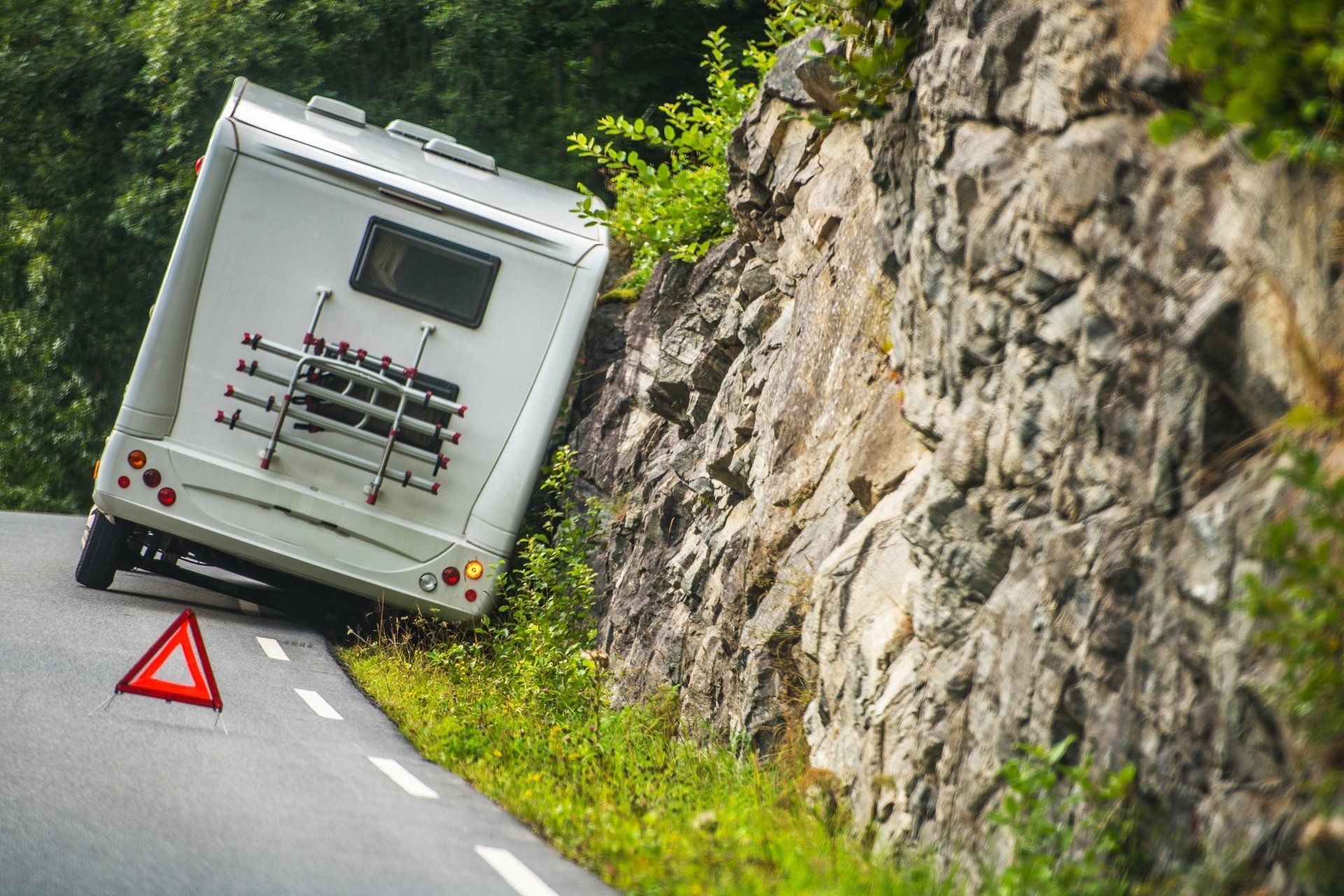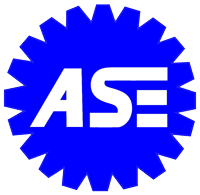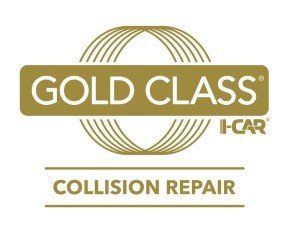PREVENT AUTO BODY RUST
Rust isn't just unsightly on a vehicle, it can lead to major structural damages over time. Rust is a byproduct of a chemical reaction that actually causes the metal to dissolve, so rust will literally eat holes in your vehicle if given enough time.
Whether the rust on your car is caused by body damage or just general wear and tear, you need to address the rust before it causes major damages.
Paint Damages
Paint damages can range from a small scratch that barely reveals the metal to a large scrape. Oxidation is another issue that sometimes causes paint to flake off prematurely, exposing the metal car panels beneath.
Issues
The paint on your car is protected by a clear coat, If the clear coat is scratched but the paint remains, your car is likely safe from rust. If the scratch penetrates through both paint and clear coat, then rust becomes a concern. Scratches tend to rust quickly due to their sunken nature that allows them to collect and hold moisture droplets easily.
The damage may not be limited to the scratch, either. As the rust spreads, it can get under the paint and create even more extensive damages.
Repair Options
Scratch repair, as soon as you notice the damage, can prevent rust from ever forming. Most scratches can be repaired simply by cleaning the area, sanding the scratch smooth, then filling it in with new paint and a clear coat.
If rust has already begun to form in the scratch, more extensive sanding and buffing to remove it may be necessary before the paint repair can be completed.
Creased Dents
Creased dents can be small, such as the type you find on a side panel when someone hits your car with their door. They can also be large, such as the dents created when a car side swipes you during a car accident.
Issues
Smooth dents don't usually have paint issues and they can easily pop out, so they aren't a concern when it comes to rust. The dent to worry about is the one that has a crease in the center. Not only does the crease make it hard to simply pop out the dent, paint is often missing or weakened inside the crease. Over time, the pain will loosen further and moisture will creep in, eventually resulting in rust.
Sometimes the metal is actually broken inside the crease. The break can let moisture through to the backside of a panel, which may have no rust treatment and be even more prone to rusting.
Repair Options
Dent repair is a possibility if the metal hasn't broken inside the crease. The repair technician will use a dent removal tool to pop out the dent as much as possible. Minor creased can be slowly knocked out using the same tool, where more severe creases may require the use of a mallet to smooth.
Once the dent is smooth again, the repair is as simple as sanding the area and repainting.
Exposed Metal
Exposed metal is sometimes the result of an accident, but it can also just be an issue with coatings or paint fading over time. Sun damage can cause paint to oxidize and peel off, or age may cause underbody coatings to wear off until metal frame components are exposed.
Issues
Exposed metal on body panels is unattractive, but most rust damage is superficial. Rusted body panels may also bring down the car value.
The main concern is if the underbody and frame metal has begun to rust, as this can actually affect the operation of the car. Rusted frames are weakened, which can lead to more extensive damages or even injuries in the event of an accident.
Repair Options
Body panel damage requires either panel replacement or sanding and repainting. If holes have formed, replacing the panel is the best option.
Rust on the underbody and frame may require a combination of rust removal and component replacement. Once this is done, apply an underbody sealant to prevent future rust problems.
Contact Cambron Body Shop for more information on your car repair options.
